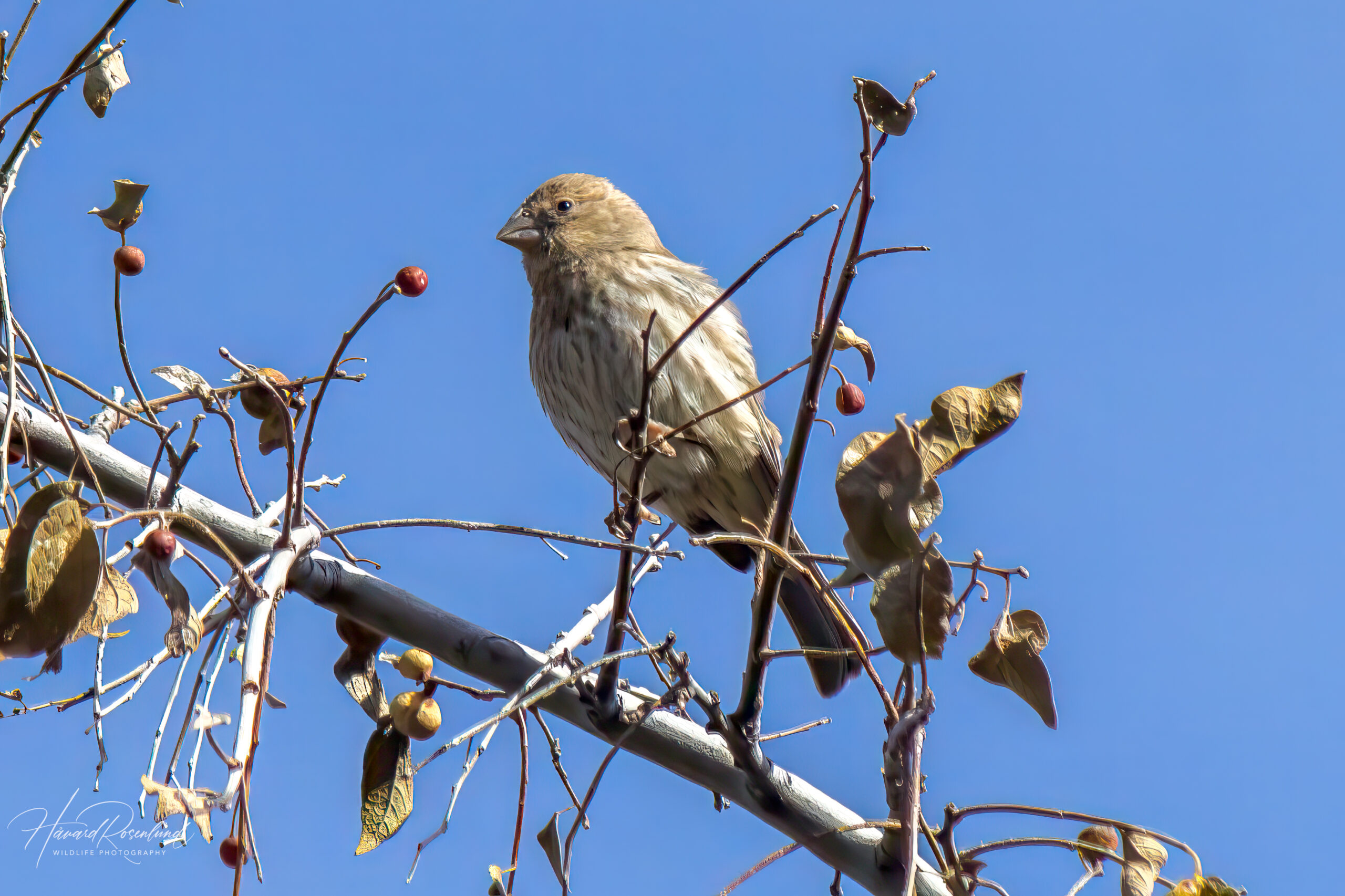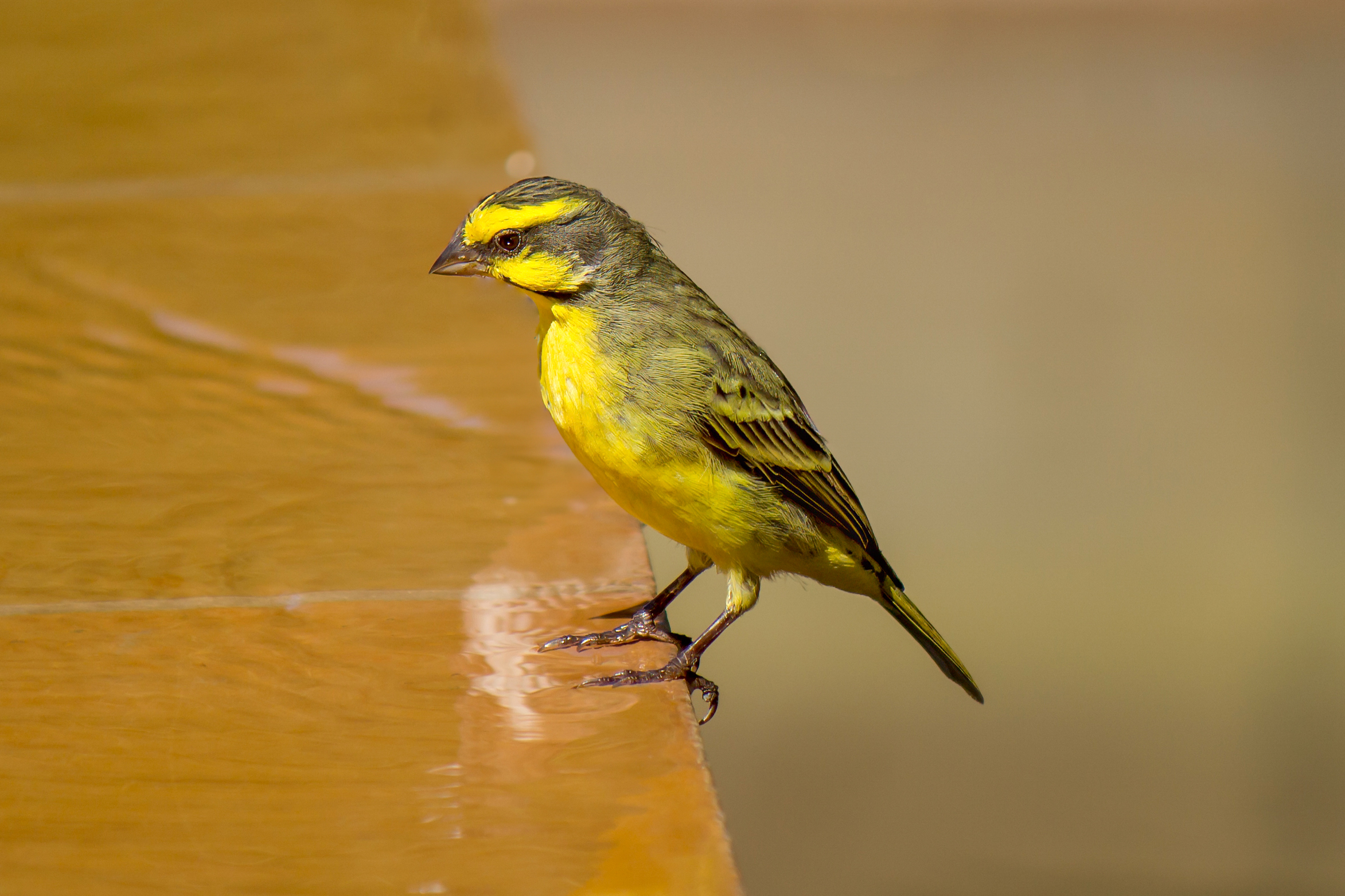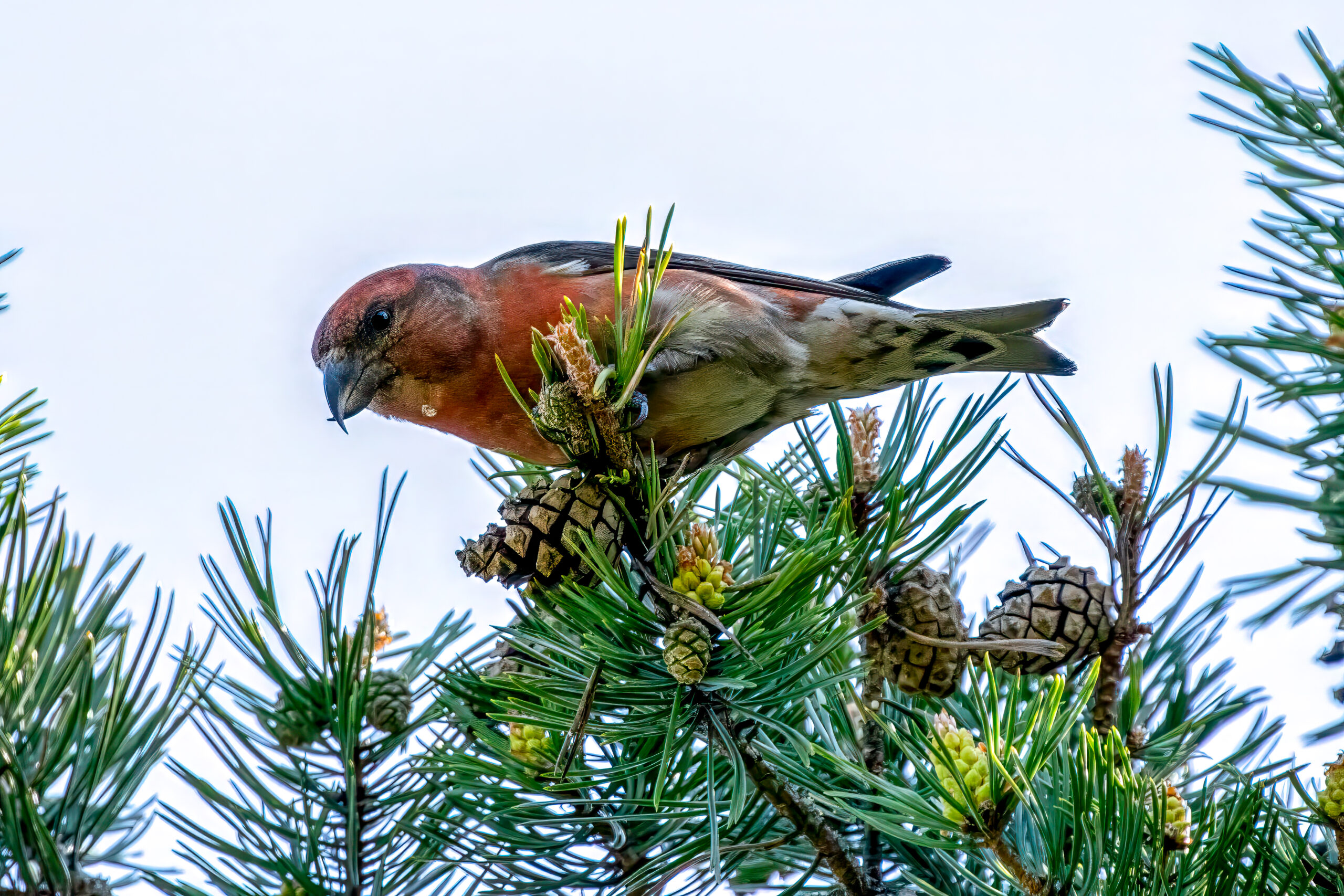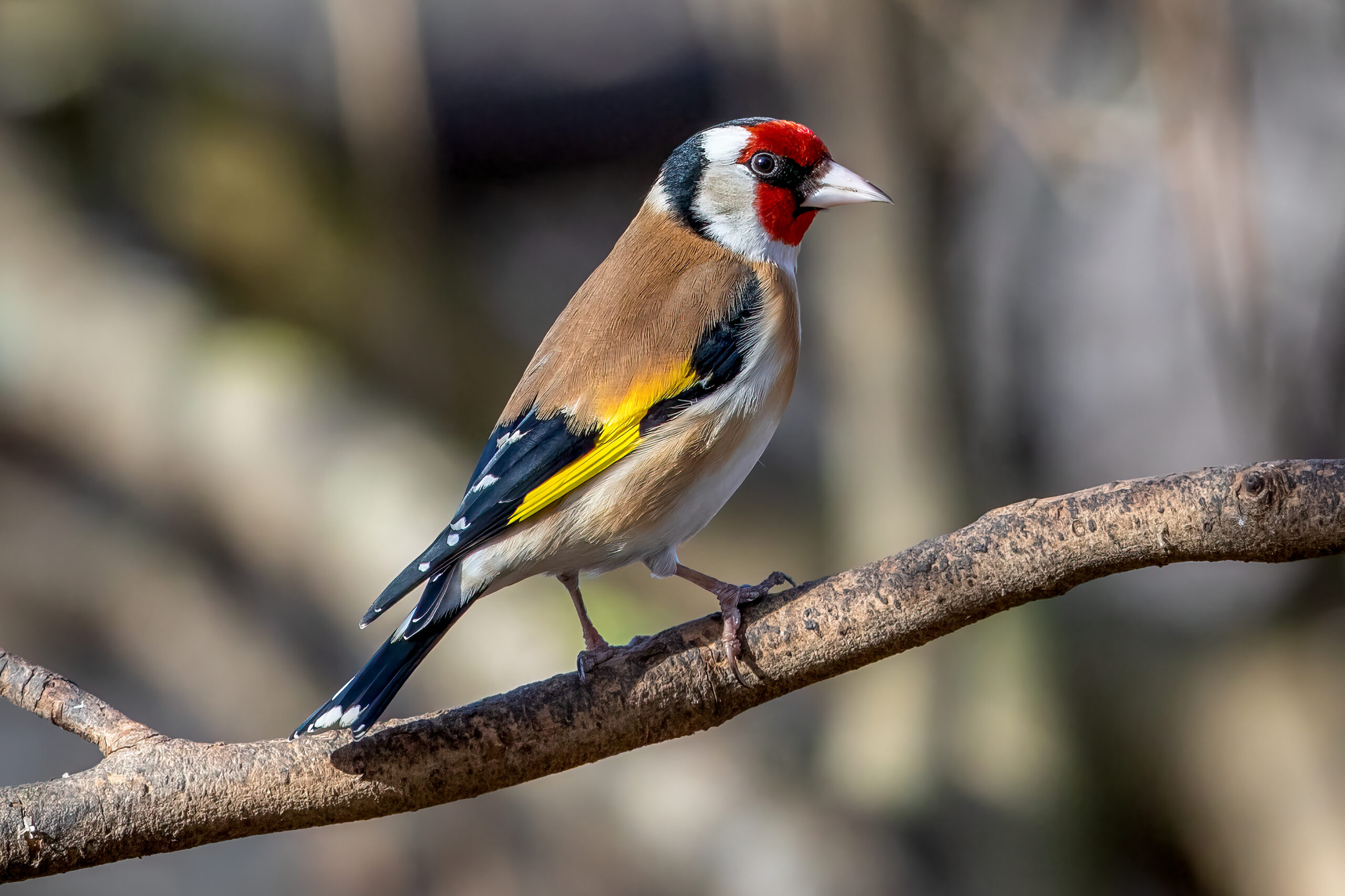Description
The house finch (Haemorhous mexicanus), a small bird that is both vivid and modest, boasts a range that extends across the United States, Mexico, and into parts of Canada. Males are easily identifiable by their striking red plumage on the head, throat, and breast, although colors can vary from orange to yellowish, depending on their diet. Females and juveniles are generally brown with bold streaks. They measure around 12 to 14 cm (4-7-5.5 in) in length, with a wingspan that typically ranges from 20 to 25 cm (8-10 in). Distinguishing them from similar species, such as the purple finch (Haemorhous purpureus), is their lighter build, longer tail, and the male’s more distinctly red coloring (the purple finch is typically more rosy or purple). The house finch’s song, a cheerful and complex mixture of warbles, is another distinctive feature.
Diet & habitat
Preferring a variety of habitats, house finches are found in urban and suburban areas, farms, forests, and desert edges. They are highly adaptable, often found near human dwellings. Their diet mainly consists of seeds, fruits, and occasionally insects, showcasing a flexibility that has allowed them to thrive in diverse environments. They are particularly fond of the seeds from plants like thistles and sunflowers and have adapted well to bird feeders, where they are often observed feeding. The red pigment in the male’s feathers is derived from the berries and fruits in their diet; thus, their coloration can vary significantly based on what they eat.
Nesting
The breeding season for house finches is quite extended, running from March to August. They are monogamous birds, with males attracting females through song and displays of their bright plumage. Nests are made by females in a variety of locations, from trees and shrubs to various nooks on buildings, using materials such as twigs, leaves, and feathers. The female lays 2 to 6 eggs, which are incubated for about 12 to 14 days. Hatchlings are altricial, requiring an additional 14 to 19 days in the nest before fledging. Their ability to breed multiple times within a season allows for rapid population growth.
Status
The house finch has a widespread distribution and a large population that is increasing in numbers. Their adaptability to human-altered landscapes has contributed significantly to their abundance. However, they are susceptible to diseases such as the Mycoplasma gallisepticum, which causes conjunctivitis and can impact bird populations in affected areas. It is listed as least concern on the IUCN Red List.








